Quizzing Queens (and Kings)
We’re going right back to the conquest with this object. This board game shows monarchs of England all the way from William the Conqueror (1066), who is on the bottom left corner, and spirals in, showing up to George IV (1820’s) in the middle.
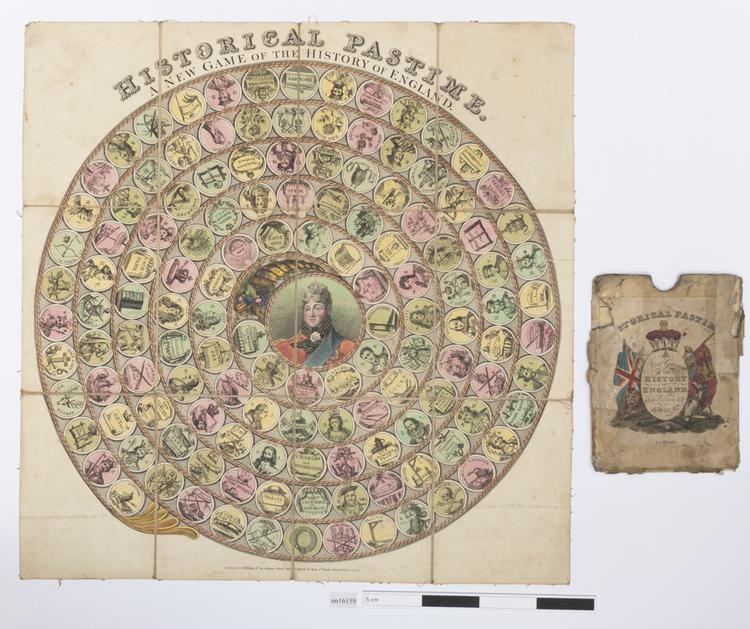
game board; case (general & multipurpose)
Anthropology
We don’t know the exact date of this game, but it must be after the death of Queen Caroline in 1821, as this is the last event it shows.
Royal Garb
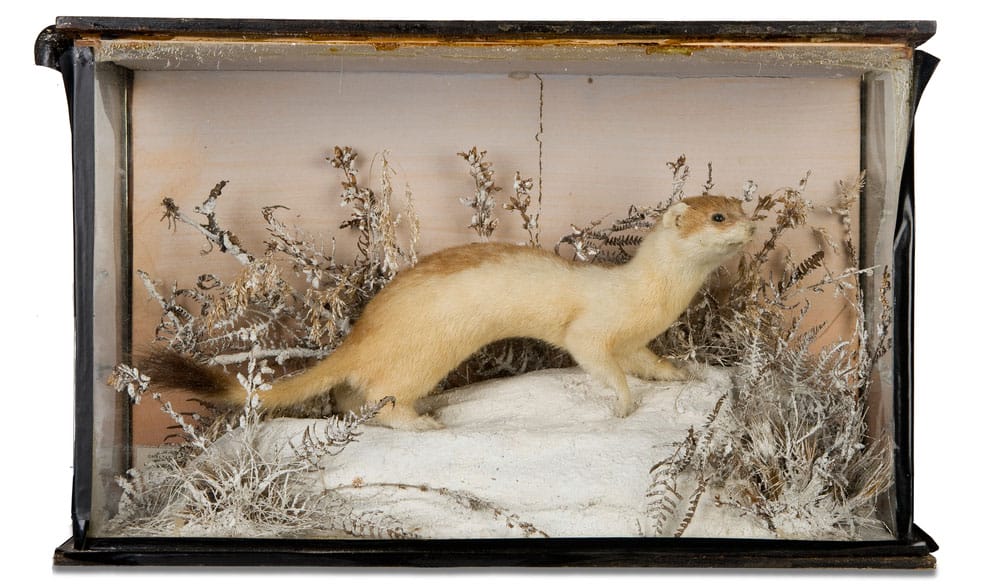
The lining of medieval coronation cloaks often had fur known as ermine, made from the white winter coat of the stoat.
This specimen from our Natural History collection has the black-tipped tail on the left, which was used to make a dotted pattern of black on white for high-ranking peers and royalty.
This Victorian playing card alludes to this. The front of the card has a colour picture of an ermine (stoat), and the reverse has a clue to the identity of the animal depicted on the front: ‘Whose coat wears Queen Victoria?’
A Regal Hound
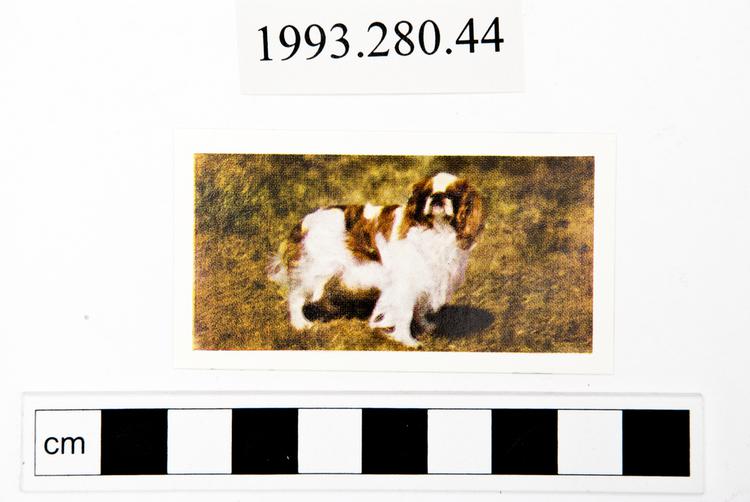
tea card
Anthropology
This Horniman tea card shows a King Charles spaniel, a breed of toy spaniel popular from the 16th century and named after King Charles II. However, these small dogs were popular with monarchs before Charles II. Queen Mary I and Mary, Queen of Scots, were fond of these spaniels, and later Queen Victoria owned a King Charles spaniel called Dash, while she was a teenager.
A favourite of the British King, the King Charles spaniel may have common ancestry with the Pekingese and Japanese breeds.
A Princely Plate
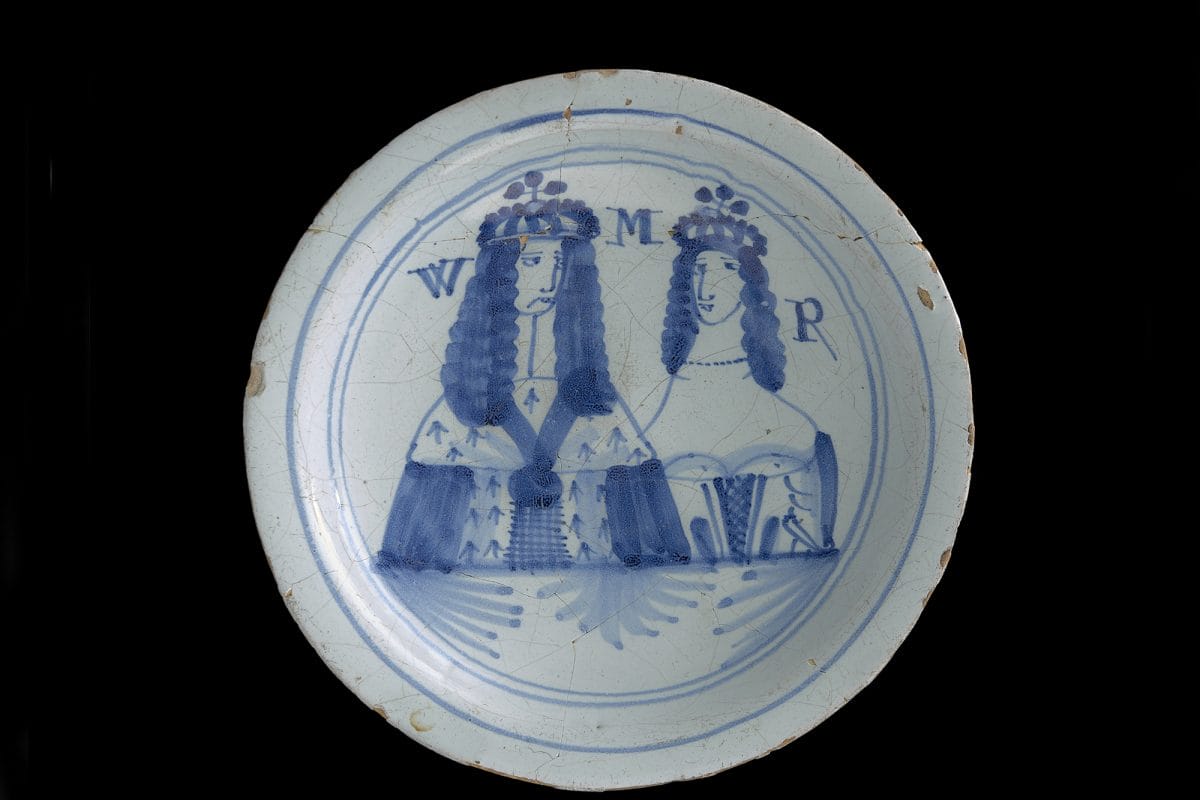
This Delftware plate commemorates the coronation of William III and Mary in the 17th century. It was made in Battersea around 1689.
William is wearing the distinctive ermine cloak that was reserved for royals and the social elite.
Commemorative plates are still produced now for coronations, marriages and births.
Pruning the Peers
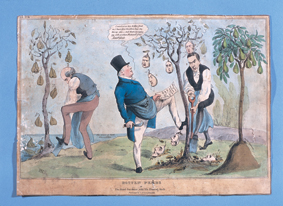
Rotton Pears/Rotton Peers
Anthropology
This 19th-century satirical cartoon shows King George IV pruning rotten peers (or pears) from his garden. A key has been written on the reverse indicating some of those depicted as Lord Guy, the Marquis of Londonderry, the Duke of Wellington, Lord Eldon and Lord Byron.
It was published by S. Fores, an English illustrator, publisher and printer based at 41 Piccadilly, London, who specialised in caricature.
One of these peers is the Duke of Wellington who later became Prime Minister and defeated the French Emperor Napoleon at Waterloo.
A Small Victoria
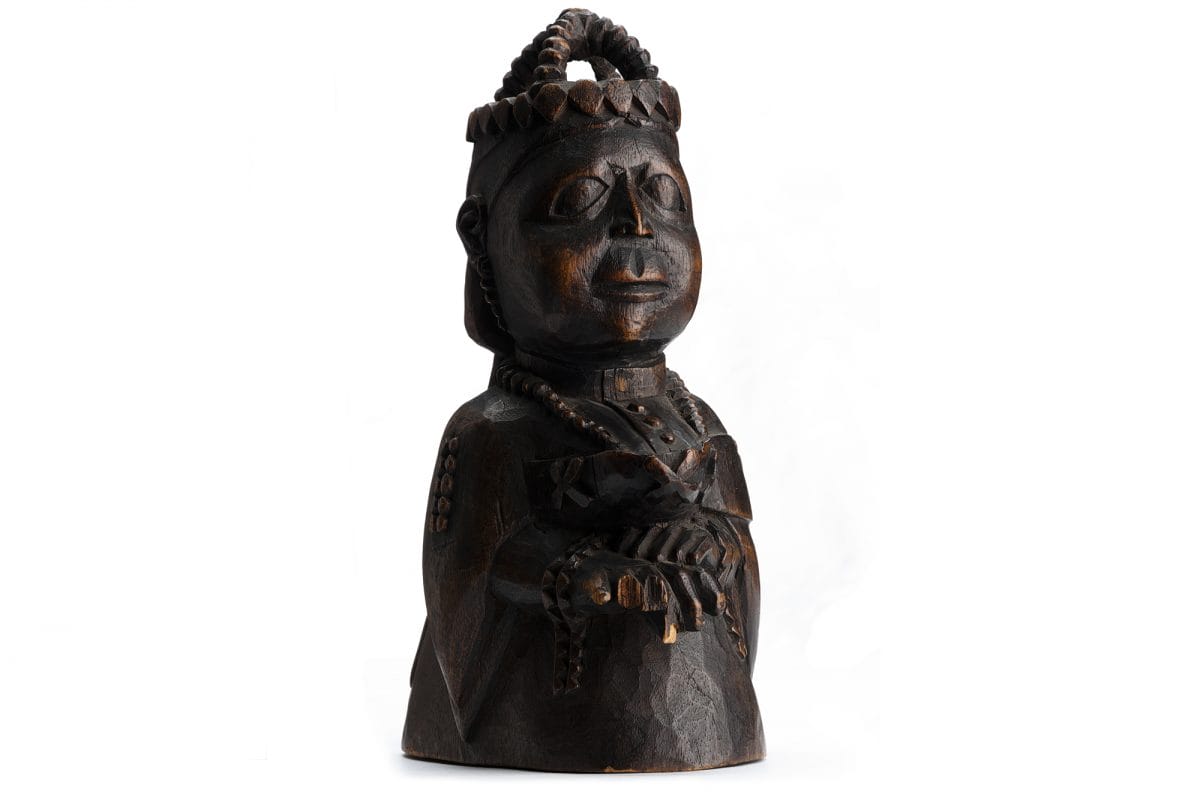
This little figure is a late 19th-century statue of Queen Victoria from Nigeria. It is a very detailed figure; the skirt is hollowed out and underneath she is wearing small heeled boots.
The figure would have been made during her life time, probably from photographs of her distributed at the time of her Golden (1887) or Diamond (1897) Jubilee. Research suggests that the original owners of these Queen Victoria figures were probably Saros, settled mainly in Lagos and Abeokuta, Nigeria. Saro was the Nigerian name given to immigrants from the Sierra Leone peninsula. Although frequently disappointed by the way they were treated by British traders and officials, some Saros retained a reverence and affection for Queen Victoria.
Musical Monarchs
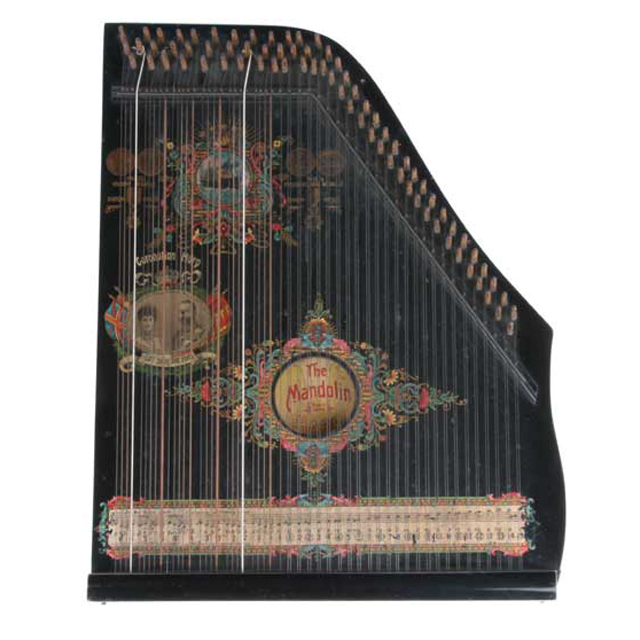
314.122
Musical Instruments
This black zither has a picture of George V and Queen Mary on the left and was made to commemorate their coronation. It was made in Sachsen, Germany around 1911.
King George was the first of the Windsor line, the same royal family as Queen Elizabeth II, the current reigning monarch.
George V’s family name originated from Saxony and therefore German manufacturers were keen to tie their products to events such as the coronation of George V and Queen Mary. However, in 1917 George V changed his name to Windsor, publicly distancing himself from his German ancestry.
A Cheeky Tea
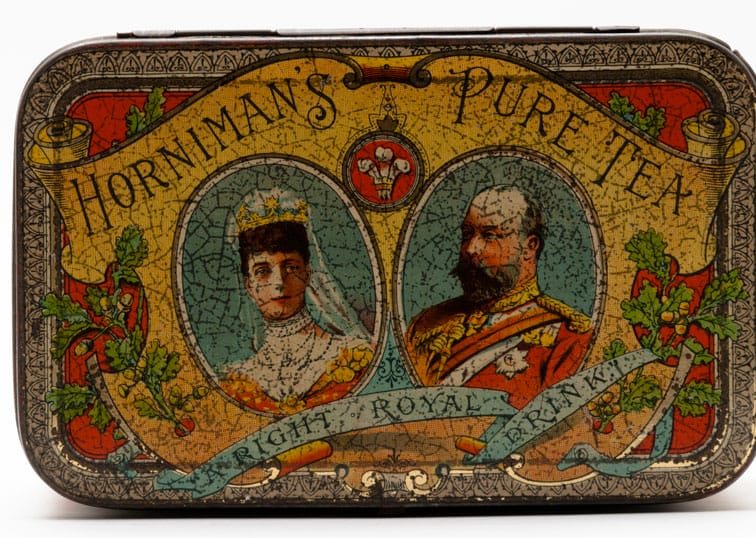
This Horniman tea caddy, from circa 1890, depicts Edward VII and Princess Alexandra enjoying a cup of Horniman’s tea.
The slogan on the side of the box reads: “Horniman’s Pure Tea, A right Royal Drink”.
We can’t see that Horniman’s Tea ever held a royal warrant, but was one of the largest tea companies in the world when this caddy was made, so perhaps Frederick Horniman hoped to fly under the radar with his royal associations.
Getting Married
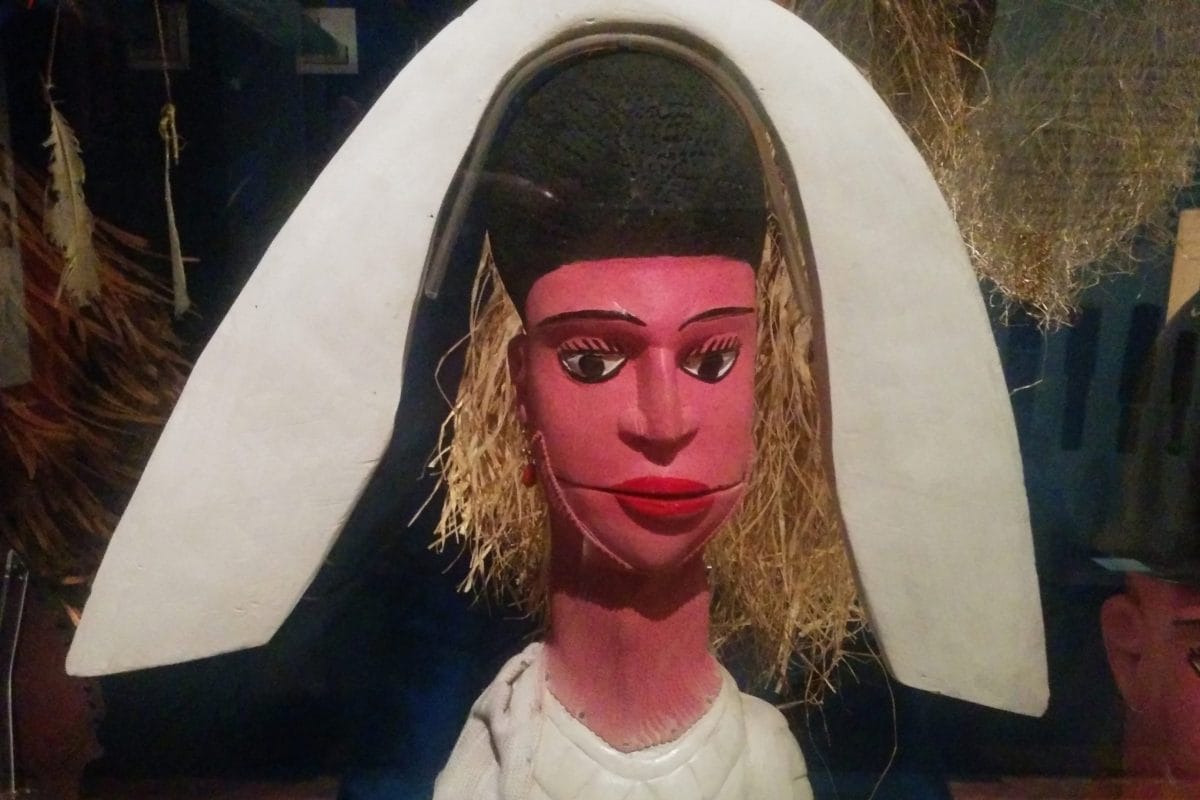
This wooden rod puppet represents Princess Diana, most likely in a wedding dress with a white veil.
She is holding a bouquet of bright red and yellow flowers and the articulated jaw and arm mean the puppet could have been positioned and moved.
It came into the collection in 1984, so must have been made before that, but after her wedding in 1981. Princess Diana visited Nigeria in 1990.


